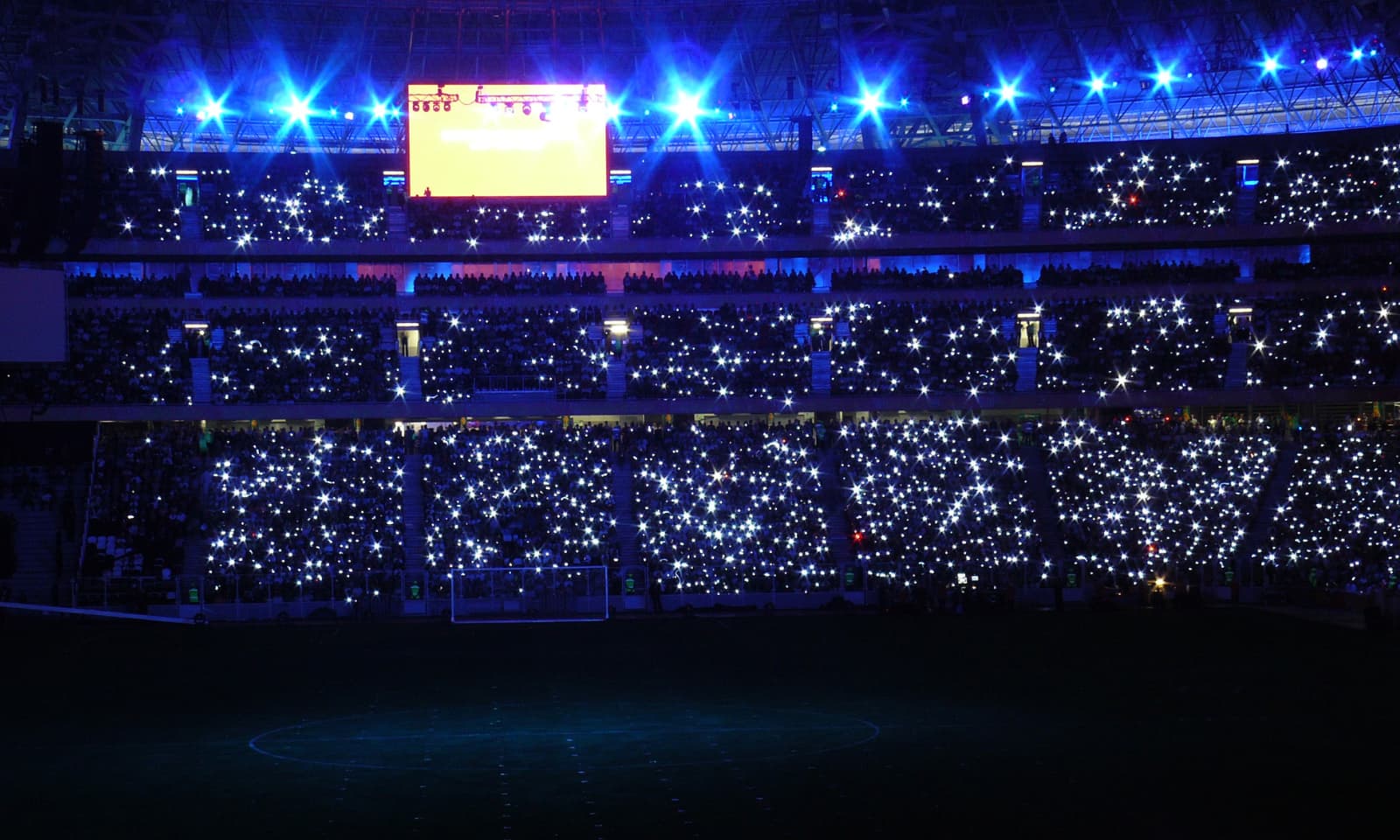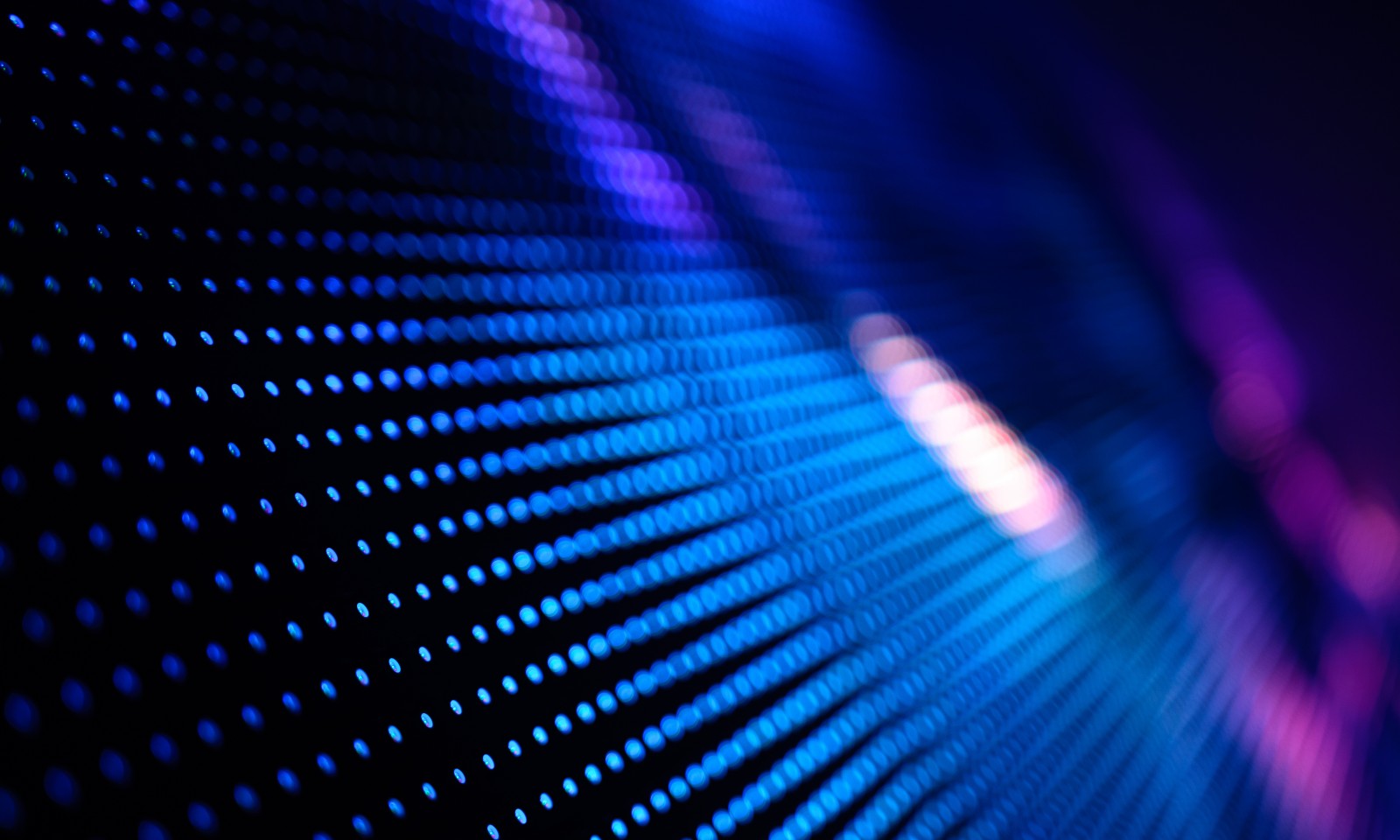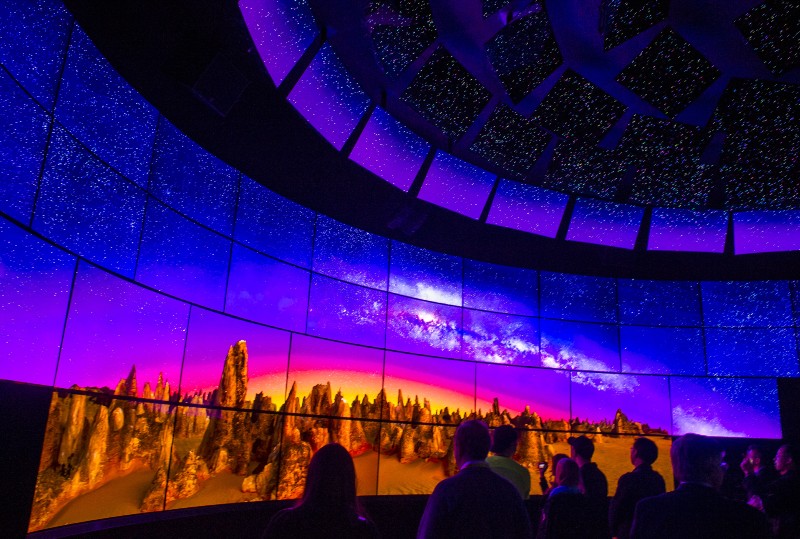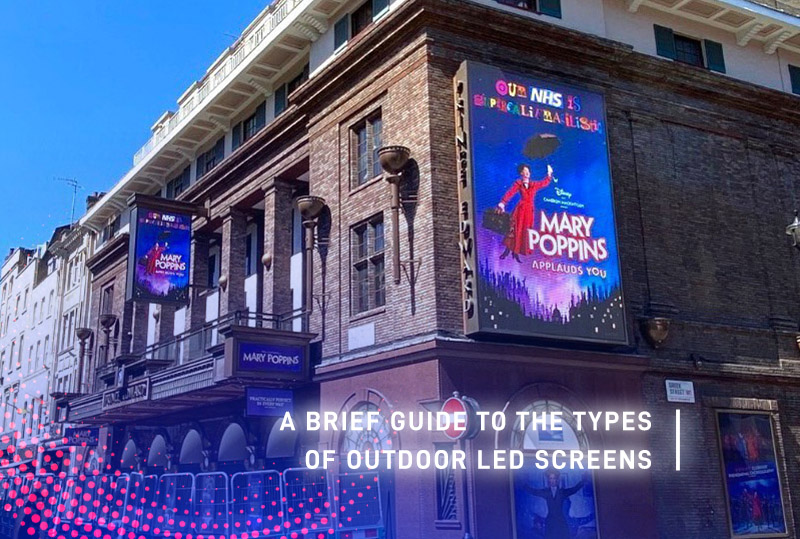Why LED screens are more environmentally friendly than other types of screens
In today’s increasingly environmentally-conscious world, sustainability has never been a higher priority for the public – which means that by extension, it’s a top priority for countless businesses as well. Happily, the effectiveness and efficiency of LED screens means that you can still deliver powerful campaigns without having to compromise, due to their numerous environmental advantages. Here, we’ve explained a little more about what you need to know!
Energy efficiency of LED screens
LED screens are renowned for their exceptional energy efficiency. Unlike older technologies that require backlighting systems (such as fluorescent lamps), LED screens operate by directly emitting light from tiny light-emitting diodes (LEDs). This method consumes significantly less energy, resulting in lower electricity bills and reduced carbon emissions. LED screens are designed to deliver high brightness levels while consuming minimal power, making them an ideal choice for environmentally conscious users and businesses aiming to reduce their environmental footprint.
What’s more, LED technology has advanced to optimise energy efficiency further through features like adaptive brightness control and power-saving modes. These advancements ensure that LED screens maintain optimal performance while minimising energy consumption during operation. This efficiency not only benefits the environment by reducing greenhouse gas emissions but also supports cost savings for businesses over the long term.
Longevity and durability
One of the standout advantages of LED screens is their longevity and durability. LED technology is inherently robust, capable of withstanding various environmental conditions and heavy usage without compromising on performance. Compared to older display technologies like plasma screens (which can sometimes be prone to flickering, burn-in, and mechanical failure) LED screens have a notably longer operational lifespan. This effectively means that they need to be replaced less often, reducing electronic waste and conserving resources used in manufacturing.
And of course, LED screens are designed with solid-state components that are less susceptible to physical damage, making them suitable for a diverse range of applications, from outdoor digital signage to indoor displays in high-traffic areas. Their resilience ensures a consistent viewing experience over years of use, making them a sustainable investment for businesses seeking reliable display solutions.
What about the environmental impact of LED screens?
Compared to older display technologies, LED screens have a significantly reduced environmental impact. For starters, they operate at lower temperatures and consume less energy during use, leading to reduced greenhouse gas emissions and lower overall energy consumption. Unlike older technologies, many of which contain hazardous materials like mercury (common in fluorescent lamps), LED signage is free from these types of toxins, minimising potential risks to human health, and the wider environment.
As a bonus, their environmental benefits extend beyond operational efficiency to their manufacturing process. LED manufacturing techniques have evolved to minimise waste generation and resource consumption, helping to ensure sustainable production practices.
Recyclability of LED screens
Recyclability is a key advantage of LED screens due to their composition of recyclable materials. Circuit boards, select metals, and of course the LEDs themselves can all be separated and processed for recycling at the end of the screen’s life. This capability conserves valuable resources, and reduces electronic waste that would otherwise end up in landfills or incinerators. Manufacturers and recyclers increasingly prioritise LED screens for their recyclable properties and the environmental benefits associated with responsible end-of-life disposal practices.
What’s more, the efficiency of these processes is only improving over time. Technological advancements in LED screen recycling continue to improve efficiency and sustainability. Processes such as automated disassembly and material recovery ensure that valuable resources are reclaimed effectively from end-of-life LED screens, supporting a circular economy approach. Again, it all works to reduce the environmental footprint of LED screens, helping to ensure a more sustainable future – and potentially give you the edge over your competitors.
Additional advantages of LED screens
In addition to their energy efficiency, durability, environmental impact, and recyclability, LED screens also provide a wealth of further benefits – including superior image quality with vibrant colours, high contrast ratios, and wide viewing angles. LED technology also enables flexible and customisable screen designs, allowing for innovations such as curved displays, transparent screens, and ultra-thin form factors that enhance aesthetic appeal and functionality.
And of course, LED screens are compatible with digital content delivery systems that support dynamic content updates and interactive features. This versatility makes LED screens a versatile tool for businesses seeking to engage audiences effectively and deliver compelling visual experiences.
And if you’re looking to add some digital signage to your own campaigns, you’re the right place. With more than 40 years of experience behind us here at Scanlite, we know our digital signage solutions inside out. To find out more on how we can help you, feel free to give us a call today on 01253 302723. We’re always happy to help!














